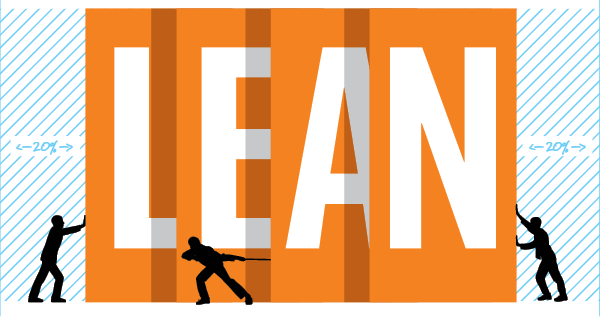Just In Time to Near-Source or Nearly Time to In-Source?

As the global economy grows more complex, the concepts of in-sourcing and near-sourcing are receiving increased attention from many supply chain professionals.
In-sourcing occurs when a business decides to keep or expand factories and production facilities in its home country.
Near-sourcing, also referred to as near-shoring, occurs when a business works with a manufacturer that is located in foreign countries that are relatively close to end users.
Today, the two concepts have gained importance due to geopolitical events—such as the pandemic or rocky relations with China—that make global sourcing much harder to accomplish.
Does it Make Sense?
As the supply chain becomes increasingly unstable for many businesses, companies (and in some specialized cases, such as semiconductors, the U.S. government) are re-evaluating previously outsourced processes and materials as candidates for in-sourcing and near-sourcing.
However, are strategies such as in-sourcing or near-sourcing realistic? From an economic perspective, do they provide a real alternative? Today’s global supply chain is complex, and therefore, the answer also is complex.
Companies need to find points in the supply chain where they can reduce risk and find core competencies and economies of scale. They also must consider trade-offs such as lower inventory carrying costs, better quality, and higher service levels compared to potentially higher materials costs.
More specifically, before deciding to in-source or near-source, companies should take these steps:
- Examine key suppliers to better understand current and potential issues.
- Seek out secondary partners for critical needs.
- Explore in-sourcing some parts or elements to increase self-sufficiency.
- Review risks when considering bottom-line costs.
- Look at shifts in customer trends to guide production.
The benefits of near-sourcing include the opportunity to visit the manufacturing site more frequently, gain better control of intellectual property, operate in a more convenient time zone, enable quicker transit from manufacturer to customer and greater speed to market, and improve quality control and supply chain efficiency.
For example, to increase speed and agility, fashion retailer Zara has been moving production from Asia to Morocco and Turkey. And footwear manufacturer Nike has moved some production from China to Mexico.
Is it Feasible?
Some firms may find that in-sourcing, outsourcing domestically, or near-sourcing are not feasible for reasons that include cost, delivery speed, reliability, and control.
Near-sourcing also has its limitations, such as high labor, supplies, and tax costs, a restricted talent pool, training workers for production changeovers, decreased process monitoring, and increased security threats.
While off-shoring to low-cost sites in faraway places may still make sense, other criteria such as agility and flexibility have become more important when making sourcing decisions in these volatile times.

